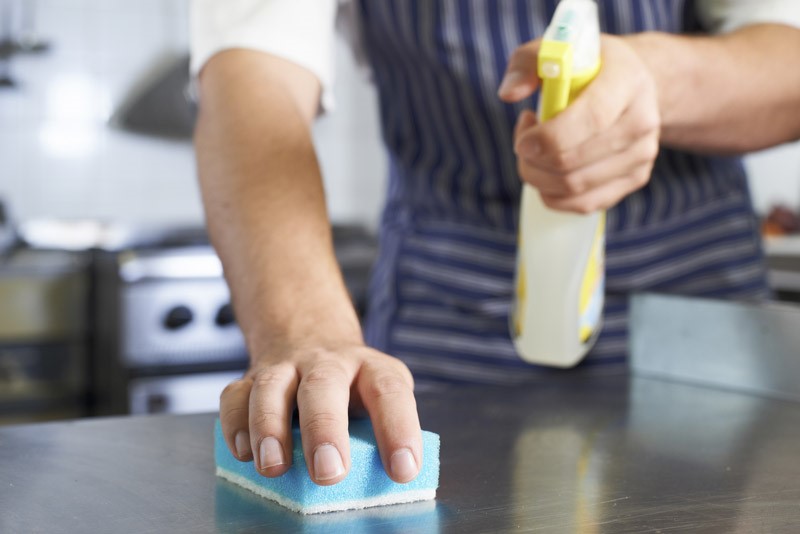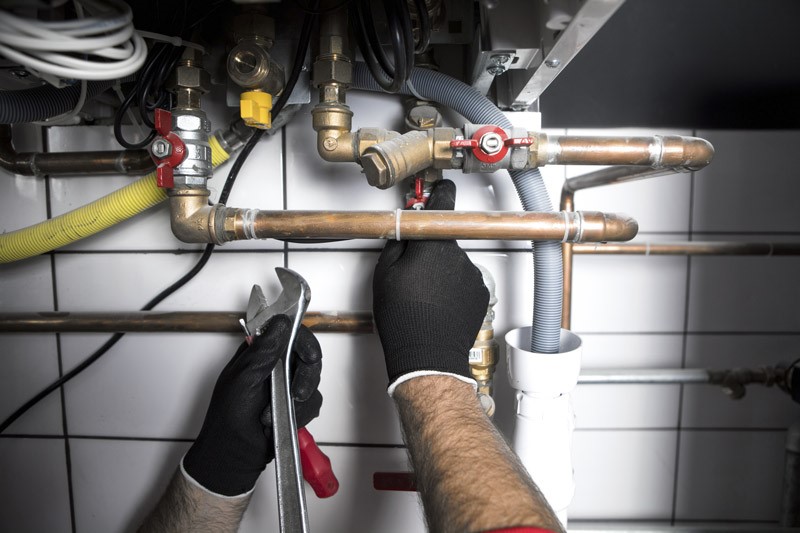No restaurant or catering business ever survived long-term on a poorly maintained commercial kitchen. From day of purchase onwards, the wisest move you can make to protect your investment is to take the best possible care of your equipment. With the frantic pace of many catering and restaurant environments, it can be easy to shortcut regular cleaning and not take the implications seriously.
With frequent use and operation, equipment can start to fail which can have a hefty impact on your business’s productivity and bottom line. Understanding this from the outset can keep you from headaches later on, so we’ve put together some key care tips for you to get the absolute most out of your commercial catering equipment and accessories.
Set up and keep a cleaning calendar
Scheduling cleaning of your catering equipment as per the manufacturer’s guidelines along with regular maintenance will keep your equipment in good working order, reducing downtime and the need for repairs. Be sure to regularly and adequately clean, de-scale and calibrate cooking equipment so you can squeeze every drop of use out of your equipment’s lifespan. The key to cleaning and maintenance is planning and to start your commercial catering equipment care plan from day one.

Kitchen equipment cleaning guide:
Use the guidelines below to know when to clean your restaurants kitchen equipment for best results.
Surface utensils:
- When to clean? Develop a system for cleaning these as soon as possible following use.
- How to clean? Soap and hot water is the general go-to cleaning solution.
Ovens:
- When to clean? Clean weekly.
- How to clean? There are many oven cleaning products on the market – even effective environmentally friendly options available – to help speed up the process and help break down tough, baked-on stains. Apply the product and allow your oven cleaning formula to sit (according to product instructions), then use a brush or sponge to remove the loose dirt, burns, and grease. Finish the job using a damp cloth to wipe clean of last traces of residue.
Sinks:
- When to clean? Clean several times a day, depending on usage volume.
- How to clean? Use hot soapy water to remove any grease, rinse well after scrubbing with a non-scratch scourer or brush. Allow to air dry.
Fridges / Freezers:
- When to clean? Defrost and clean monthly.
- How to clean? Empty your fridge, check for spills and food crumbs – remove these with a cloth or non-scratch sponge. Remove any shelves, clean these in a basin of hot, soapy water, rinse and allow to air dry. Spray fridge surfaces with food-safe multipurpose cleaner and wipe down for a super-fresh fridge!
Bins:
- When to clean? Disinfect and apply a deep clean weekly.
- How to clean? Empty the bin, hose out and wash with soapy water, use disinfectant and scrub, then rinse and dry your bin before adding a new bin liner.
Ventilation / exhaust system:
- When to clean? Every 3 to 12 months, depending on use
- How to clean? Vacuum dust and debris from exhaust system, remove filter and wash with mild soapy water, replace filters per manufacturer’s recommendation.
Keep your kitchen safe with colour codes
If you want to avoid contamination and health risks, colour coding your kitchen and its contents is a great way to do so. Separate equipment and utensils according to health regulation risks and avoid cross-contamination, assigning a colour to all utensils and equipment that comes in contact with certain ingredients.
For example, you can have red handled knives, chopping boards, etc. for meat, yellow for gluten-containing items, and blue for things with nuts. This not only helps you keep a clean, safe kitchen; it also helps you look after customers with food allergies.
Tired of scrubbing? Use soak tanks instead
For heavy duty cleaning that has to be repeated with a high level of frequency, it can help to use soak tanks. These contain specially designed chemicals to remove burn marks and grease build up, particularly from metal equipment and hard-to-clean pieces such as extractor grills.
Another advantage of popping your cooking and catering equipment into a soak tank is it helps you economise on the time your team spends scrubbing. It also saves on exposure to any aggregated effects of using harsh chemicals that frequent scrubbing brings.

Get proactive about needed repairs
If your equipment is in need of fixing, you’ll want to catch the problem early on. As with most things, the longer you wait the further the damage can spread, not to mention increases in associated repair costs for higher levels of damage. Indeed, repair costs are one thing, but equipment down time can have a very real effect on your bottom line. As a catering or restaurant business, it’s a risk you won’t want to take. Be sure to regularly inspect your equipment, and have each piece serviced in accordance with the manual’s – or manufacturer’s – recommendations.
Certainly, running a catering business or restaurant – or any operation in the food industry can be hectic and stressful at times. Keeping small issues from becoming big profit-sucking problems by following the tips above.
Remember, start with scheduled cleans and maintenance and this good operational habit will surely pay off with a functional and successful kitchen!
Need high quality catering equipment and kitchen supplies in Perth? Browse our stock now or get in touch with Stanlee Hospitality for a free quote.




